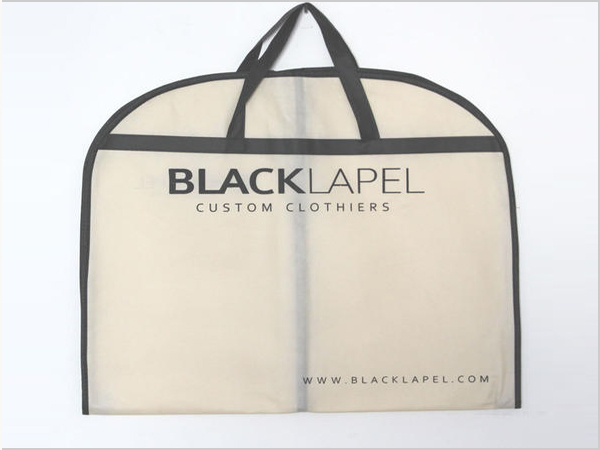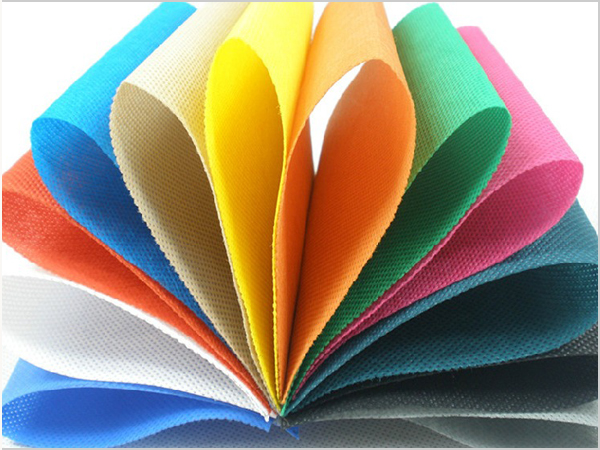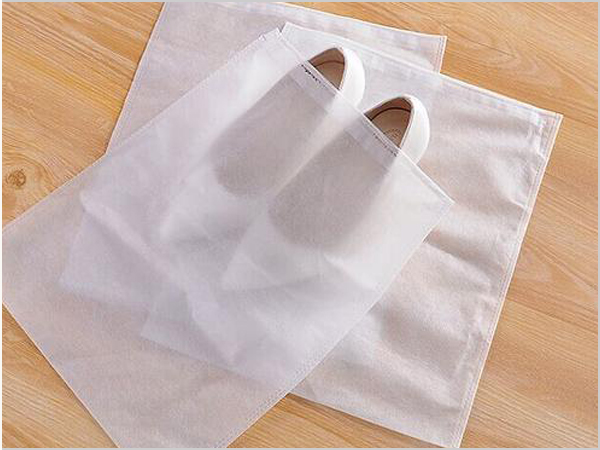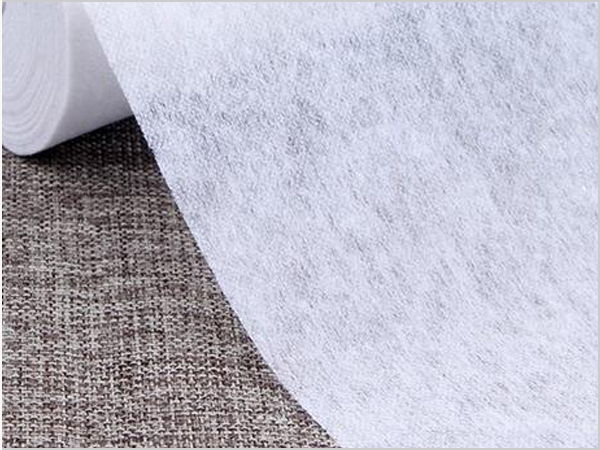- Explore the environmental protection characteristics and application fields of PP non-woven fabric
- The rise of the Latin American market is expected to become a new growth pole for China's textile foreign trade
- The production process of spunbond nonwoven fabric determines its unique characteristics!
- The global trade landscape is undergoing significant changes in 2025
- The 11th China International Silk Conference was held in Shengze

- Telephone: 0551- 66779966
- Cellphone: 18955130444
- Email: 58792982@qq.com
- Address: Building 1-2, East of Wubu Village Section, Hehuai Road, Wushan Town, Changfeng County, Hefei City, Anhui Province
1, spinning and bonding non-woven fabric production principle and characteristics
Extruded polymer from spunbonded non-woven fabric. After stretching to form a continuous filament, the filament is laid out into a network, and then the web is glued together. Thermal bonding. Chemical bonding or mechanical reinforcement makes the fiber mesh into non-woven fabric.
Good high temperature resistance, good high temperature resistance (polypropylene can be used for a long time at 150℃ environment, polyester can be used for a long time at 260℃ environment), aging resistance, UV resistance, high elongation, good stability and air permeability, corrosion resistance, sound insulation, anti-cavity, non-toxic.
2. Main materials and uses of spunbonded non-woven fabric
The main products of spunbonded non-woven fabrics include polypropylene fiber and polyester fiber (long fiber and short fiber) non-woven fabrics. Our most commonly used applications are non-woven bags, non-woven packaging; Spunbonded non-woven fabric is easy to identify. Generally speaking, it has good bidirectional fastness. Generally speaking, spinning bonded non-woven rolled.
On the application level, the sanitary products spunbonded non-woven cloth can also be made of flower packaging cloth, bag cloth, etc., wear-resistant, firm, feel good, so that it becomes the best choice for making such products.
3. Maintenance and collection of spunbonded non-woven fabric
The following points should be paid attention to in the maintenance and collection of spunbonded non-woven fabric:
1. To keep clean, often replace, prevent moth breeding.
2 When storing in different seasons, it must be washed, ironed and dried, then sealed in a plastic bag and placed flat in a closet. Pay attention to shading to prevent fading. Ventilation should be frequent. Dust and dehumidify, and keep away from sunlight. Prevent mildew and mothiness, avoid damp and mildew of cashmere products.
3. When wearing inside, the lining of the coat should be smooth, and the pockets should not contain hard objects, such as pens, key bags, mobile phones, etc. To avoid local friction and pilling. Minimize friction with hard objects (such as sofa backrest, armrest, table top) and hooks when wearing outside. It's not easy to wear it for too long. 5 days or so must stop or replace, in order to restore the elasticity of clothing, avoid fiber fatigue damage.
4. If there is pilling, cut off the pompoms without scissors, so as to avoid unrepairable due to stringing.
In addition, spunbonded non-woven fabric has hydrophilic and hydrophobic properties. Hydrophilic non-woven fabric: As the name suggests, hydrophilic is hydrophilic, it has a strong adsorption effect on liquid (for example, baby diapers) waterproof non-woven fabric: and the performance of hydrophilic non-woven fabric, after chemical treatment, fiber surface tension is reduced, liquid can not wet the surface (for example, surgical clothing, protective clothing, etc.), non-woven fabric is also divided into general resistance. Three kinds of resistance. High resistance: Antistatic Three kinds of resistance: antistatic. Anti-alcohol. Antiblood.
Anhui Xiangshuo Nonwoven Fabric Technology Co., LTD. Main scope of experience: non-woven fabric, non-woven products, non-woven new materials research and development, production and sales; Chemical fiber equipment, non-woven equipment manufacturing, sales; Plastic masterbatch function research and development, production and sales; Research and development, production and sales of outdoor products; PE woven tarpaulin, furniture cover, plastic net, trash can, plastic greenhouse research and development, production and sales.
If you need non-woven fabric, spunbonded non-woven fabric, pp non-woven fabric, outdoor supplies related needs, you can contact us, if you want to know more about our company, please contact: Mr. Xiang, mobile phone number: 18955130444
- Explore the environmental protection characteristics and application fields of PP non-wove
- The rise of the Latin American market is expected to become a new growth pole for China's
- The production process of spunbond nonwoven fabric determines its unique characteristics!
- The global trade landscape is undergoing significant changes in 2025
- The 11th China International Silk Conference was held in Shengze
- What are the core advantages of spunbond nonwoven fabric?
- What are the magical aspects of the manufacturing process of spunbond nonwoven fabric?
- The textile industry is enjoying dual policy benefits
- What are the main materials of spunbond nonwoven fabric?
- The major strike in Belgium has completely blocked the textile freight channels



